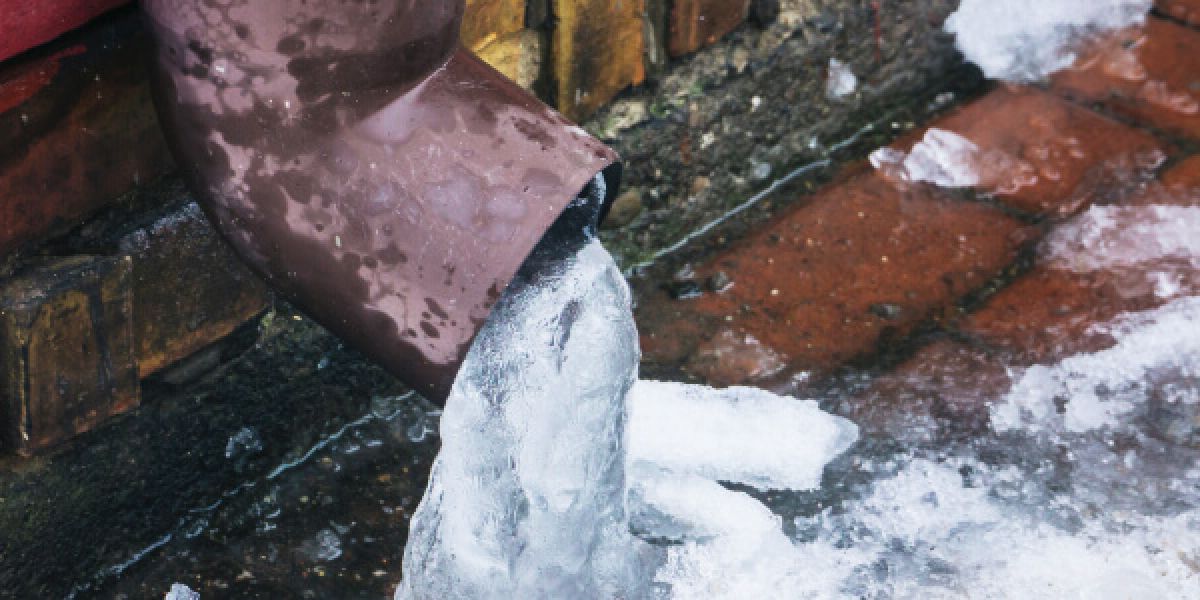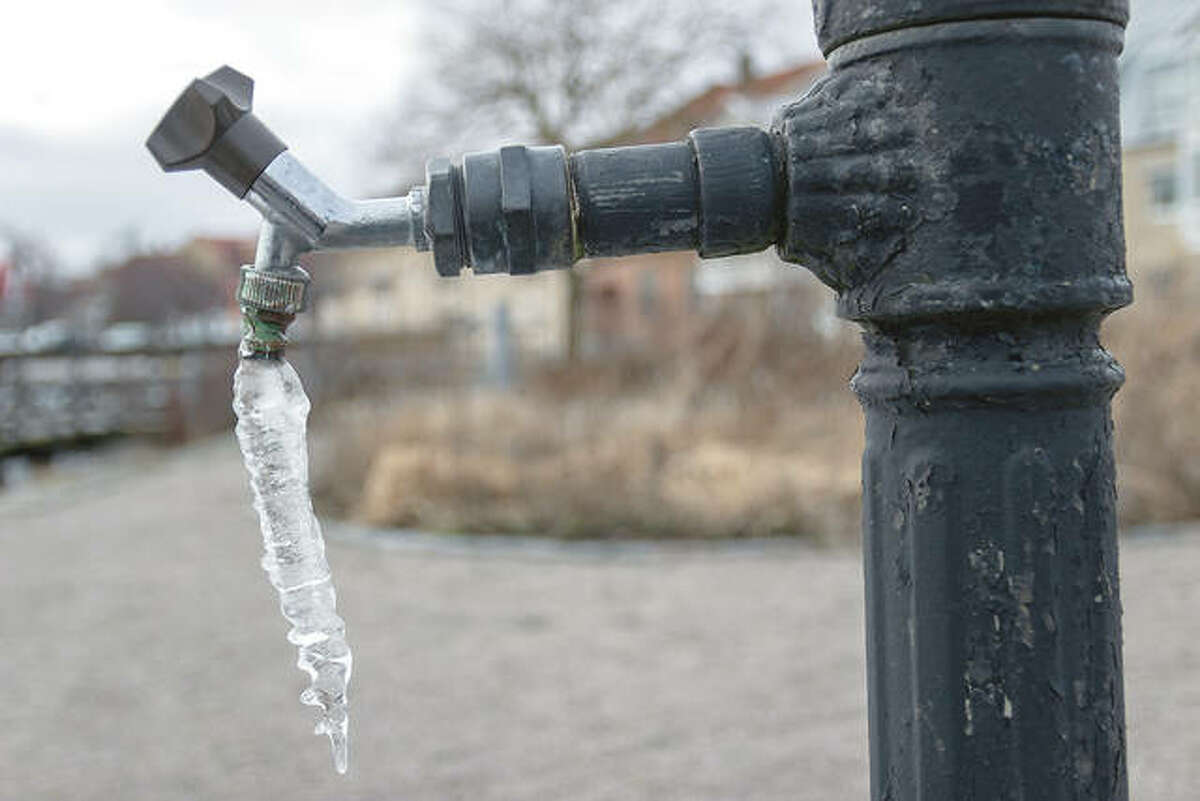Presented here further down you can locate some incredibly good help and advice on the subject of 6 Ways to Prevent Frozen Pipes.

Cold weather can ruin your pipes, particularly by freezing pipes. Right here's how to stop it from occurring and what to do if it does.
Intro
As temperatures decline, the threat of frozen pipes boosts, possibly resulting in pricey repair work and water damage. Comprehending how to prevent frozen pipes is crucial for house owners in chilly climates.
Comprehending Icy Pipelines
What triggers pipelines to ice up?
Pipes ice up when revealed to temperatures below 32 ° F (0 ° C) for extended durations. As water inside the pipelines ices up, it expands, putting pressure on the pipe wall surfaces and possibly causing them to break.
Risks and problems
Frozen pipelines can lead to water supply disruptions, residential or commercial property damage, and expensive repair work. Burst pipes can flooding homes and trigger considerable architectural damages.
Indications of Frozen Water Lines
Recognizing frozen pipelines early can prevent them from breaking.
How to determine icy pipelines
Seek reduced water circulation from taps, unusual smells or noises from pipelines, and visible frost on exposed pipes.
Prevention Tips
Insulating vulnerable pipelines
Wrap pipes in insulation sleeves or use warmth tape to secure them from freezing temperatures. Concentrate on pipes in unheated or external locations of the home.
Heating strategies
Maintain interior spaces properly heated, particularly areas with pipes. Open cabinet doors to permit warm air to flow around pipes under sinks.
Protecting Outside Plumbing
Yard tubes and outside taps
Separate and drain garden hose pipes prior to winter months. Set up frost-proof faucets or cover outside faucets with protected caps.
What to Do If Your Pipes Freeze
Immediate activities to take
If you believe frozen pipelines, keep faucets open to relieve pressure as the ice melts. Make use of a hairdryer or towels soaked in hot water to thaw pipes slowly.
Long-Term Solutions
Structural changes
Think about rerouting pipelines far from outside walls or unheated locations. Add additional insulation to attics, cellars, and crawl spaces.
Upgrading insulation
Invest in high-quality insulation for pipelines, attics, and wall surfaces. Proper insulation helps keep regular temperatures and decreases the threat of icy pipes.
Final thought
Avoiding frozen pipes requires positive actions and fast feedbacks. By understanding the causes, indications, and safety nets, property owners can safeguard their pipes throughout winter.
6 Proven Ways to Prevent Frozen Pipes and Protect Your Home
Disconnect and Drain Garden Hoses
Before winter arrives, start by disconnecting your garden hoses and draining any remaining water. Close the shut-off valves that supply outdoor hose bibs and leave the outdoor faucet open to allow any residual water to drain. For extra protection, consider using faucet covers throughout the colder months. It’s also important to drain water from any sprinkler supply lines following the manufacturer’s directions.
Insulate Exposed Pipes
Insulating your pipes is an effective way to prevent freezing. Pipe insulation is readily available at home improvement stores and is relatively inexpensive. Pay close attention to pipes in unheated areas such as the attic, basement, crawl spaces, or garage. Apply foam insulation generously to create a buffer against the cold. You can also wrap your pipes in heat tape or thermostat-controlled heat cables for added warmth.
Seal Air Leaks
Inspect your home for any cracks or openings that could let in cold air. Seal any holes around the piping in interior or exterior walls, as well as the sill plates where your home rests on its foundation. Additionally, make sure to keep your garage door closed unless you’re entering or exiting. Leaving it open creates a significant air leak that can lead to frozen pipes.
Allow Warm Air Circulation
During cold snaps, it’s essential to allow warm air to circulate evenly throughout your home. Leave interior doors ajar to promote better airflow. Open kitchen and bathroom cabinets to help distribute heat consistently around the rooms. If you have small children or pets, be sure to remove any household chemicals or potentially harmful cleaners from open cabinets for safety.
Let Faucets Drip
A small trickle of water can make a big difference in preventing ice formation inside your pipes. When temperatures drop significantly, start a drip of water from all faucets served by exposed pipes. This continuous flow helps prevent the water from freezing. Additionally, running a few faucets slightly can relieve pressure inside the pipes, reducing the chances of a rupture if the water inside does freeze.
https://choateshvac.com/6-proven-ways-to-prevent-frozen-pipes-and-protect-your-home/

Do you really like more info about Helpful Tips to Prevent Frozen Pipes this Winter? Put a remark below. We would be glad to hear your views about this blog. We are looking forward that you visit us again soon. Are you aware of somebody else who is in to the topic? Take a moment to promote it. Thanks a bunch for being here. Don't hesitate to stop by our site back soon.
Go Services